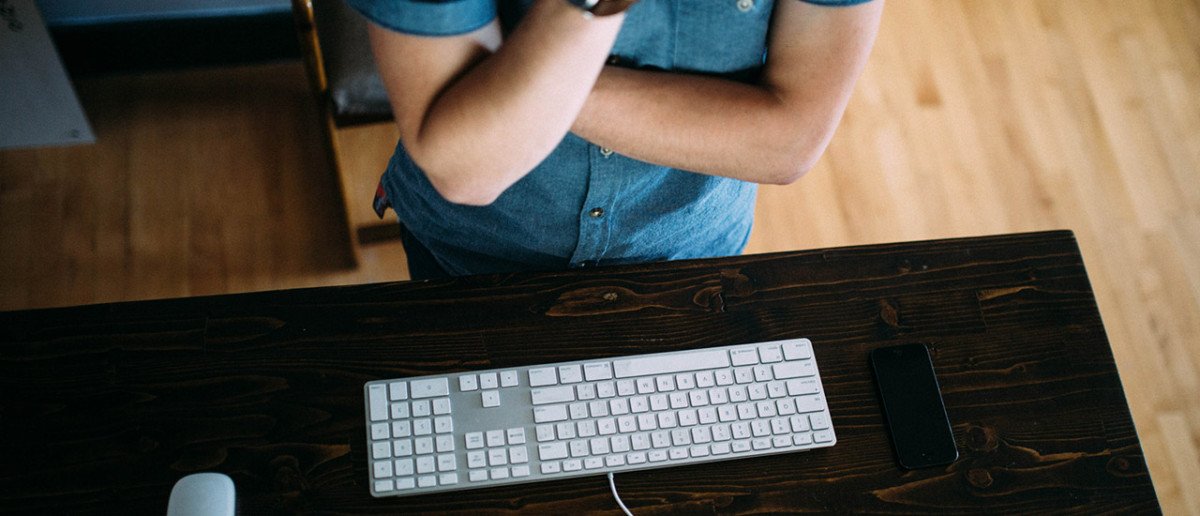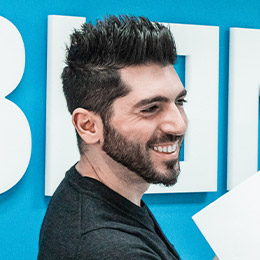We are half-way through the year 2015 and as we are still keeping an eye how this year’s web design trends are turning out. I’d like to predict what we may expect for next year. Not necessarily backed-up on much research, this list is mainly what I personally expect to see or would love to see trending during 2016. Either way, you should still expect that our web design team at BLEND will be embracing the following.
Flat design continues prediction
This is not a new web trend, we have seen it already evolving from 2014. But I have a good feeling it is here to stay and get more improved throughout 2016. Flat and minimal GUI elements helps to speed up a website and improve its responsiveness. Since page speed is an important factor for search engine rankings. Especially now that Google is giving even more emphasis on mobile-friendly search results. There are more reasons for a website to be even more streamlined and light in terms of design. Expect to keep seeing clean and minimal flat layouts with the use of less graphical images, more code-generated elements, highly optimized photos, and fast intuitive navigation.
No more one-page long-scroll
In-line with my previous point, I think there will be less use of the one-page long-scroll approach on websites. Unless the content is too minimal and light. To ensure fast speeds and mobile friendliness breaking the content into sections will help a content-heavy site more, than loading everything on one long page. The same applies for the heavy use of the parallax effect on one-pages that needs the use of even bigger images for the effect to work. This makes the site even slower. Besides, these trends have been over-used, especially when open-source theme providers have rolled out too many variations of the same concepts, making it a commercial trend.
Full width layouts design prediction
Many websites lately have been bypassing the fix-width layout and embraced the full width responsive approach similar to our own website here at BLEND. I’d love to see even more use and more fresh approaches to this trend. This is now a widely accepted layout approach and one that utilises responsiveness very well. Furthermore, this goes especially with the fact that people’s screens on mobile or desktop become bigger than smaller over time. Not to mention the fact that there is more use now of interactive TV, which increases the screen resolution significantly. So, as we have been focusing a lot more on smaller resolutions from what we see on our desktop screens I think we will find ourselves equally focusing on bigger resolutions as well.
Mobile menus – not just for mobile
One emerging trend of 2015 is the use of the mobile menu right from the desktop resolution of a website and not just on mobile. The commonly known mobile menu icon with the 3 lines will first appear on screen until you click on it. After which it will present the full navigation menu in a more unique and creative way than commonly expected. And it will be the same menu for all resolutions without the need for the design of a second one just for mobile devices. Following my previous point for adapting website design on bigger resolutions, this navigation method will also support that trend by keeping the same menu across all resolutions, big and small.
More use of Cinemagraph images
Gifs are finally working on Facebook. And with what I feel is an important update, we will obviously see a scary increase of animated gifs use in the social network within the next couple of months. It will not be too late for marketers to start using gifs in favour of social campaigns. Maybe one day Facebook will allow the use of animated gifs instead of static images for ads. But for now, I think there is no better time to start embracing the use of Cinemagraph images, which work perfectly as gifs. These create even more impressive Facebook posts, social media campaigns, link shares, movie posters, etc. These animated images retain great quality, display beautiful yet subtle results and produce an image than is more immersive than a static one, and more elegant than your average gif.




